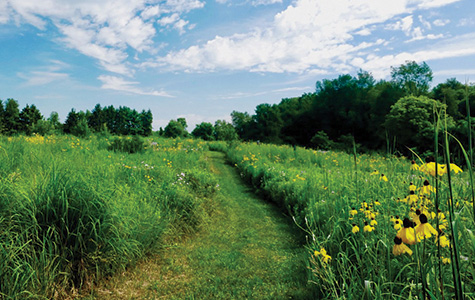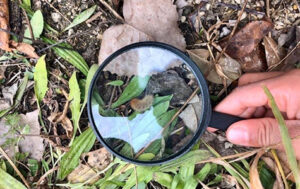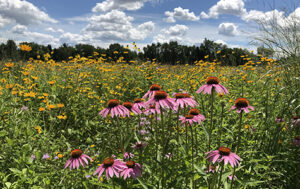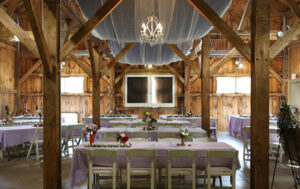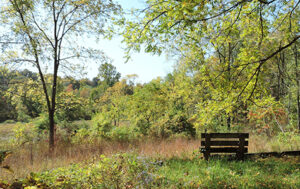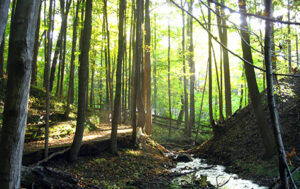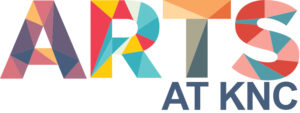Call for Native American Artists
Art Drawn From Nature is a semiannual exhibit featuring local, Southwest Michigan artists. For the first time, this juried exhibition will showcase artwork exclusively by Native American artists, celebrating many forms of art including but not limited to weaving, ceramics, beadwork, sculpture, painting, printmaking, drawing, photography, and mixed media. Artists can submit up to two works of art for consideration.
Select representative(s) from the Match-E-Be-Nash-She-Wish Band of Pottawatomi Indians, also known as the Gun Lake Tribe, will serve as the guest jurors for this exhibit.

